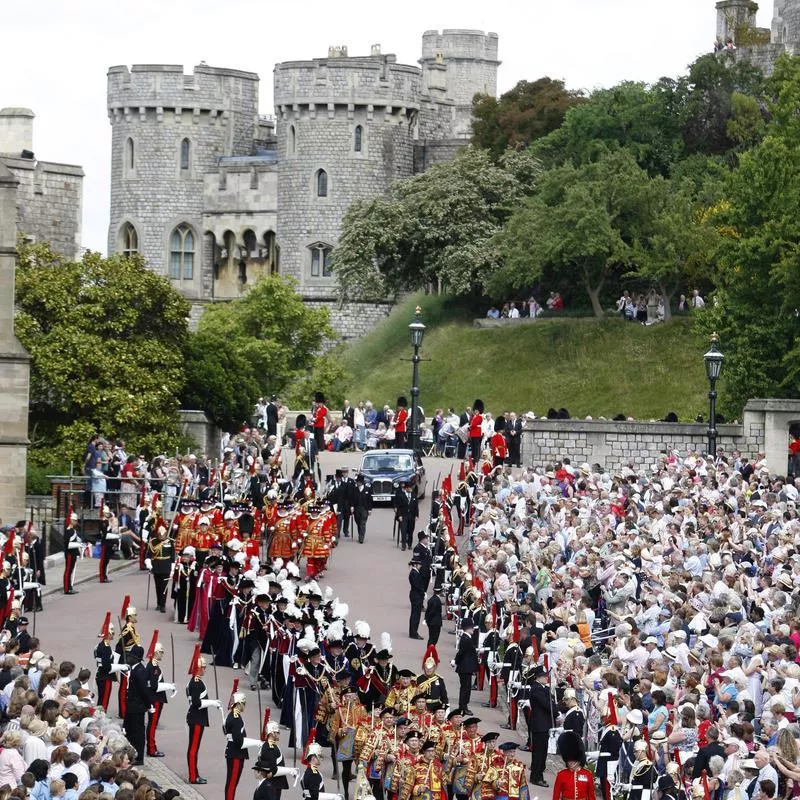
The procession to attend the Order of The Garter Service in Windsor, England, June 15, 2009, held in St George’s Chapel at Windsor Castle. Kirsty Wigglesworth / AP Photo
The royal family has an astounding amount of property.
Under the Crown Estate, family is in control of Buckingham Palace, Windsor Castle, the Palace of Holyroodhouse and Hillsborough Castle, Clarence House, Kensington Palace, the Royal Lodge, St. James’s Palace, Bagshot Park, Barnwell Manor, Wren House and Thatched House Lodge.
However, being under the Crown Estate, those properties are inalienable and they can’t sell these lodges, castles, palaces and parks, so they won’t be going anywhere anytime soon.
The royal family’s private residences —those they can sell — include Sandringham House, Balmoral Castle, Craigowan Lodge, Delnadamph Lodge, Highgrove House, Llwynywermod, Tamarisk, Birkhall, Anmer Hall and Gatcombe Park.
That’s a lot of property we can’t pronounce, but would definitely like to own.